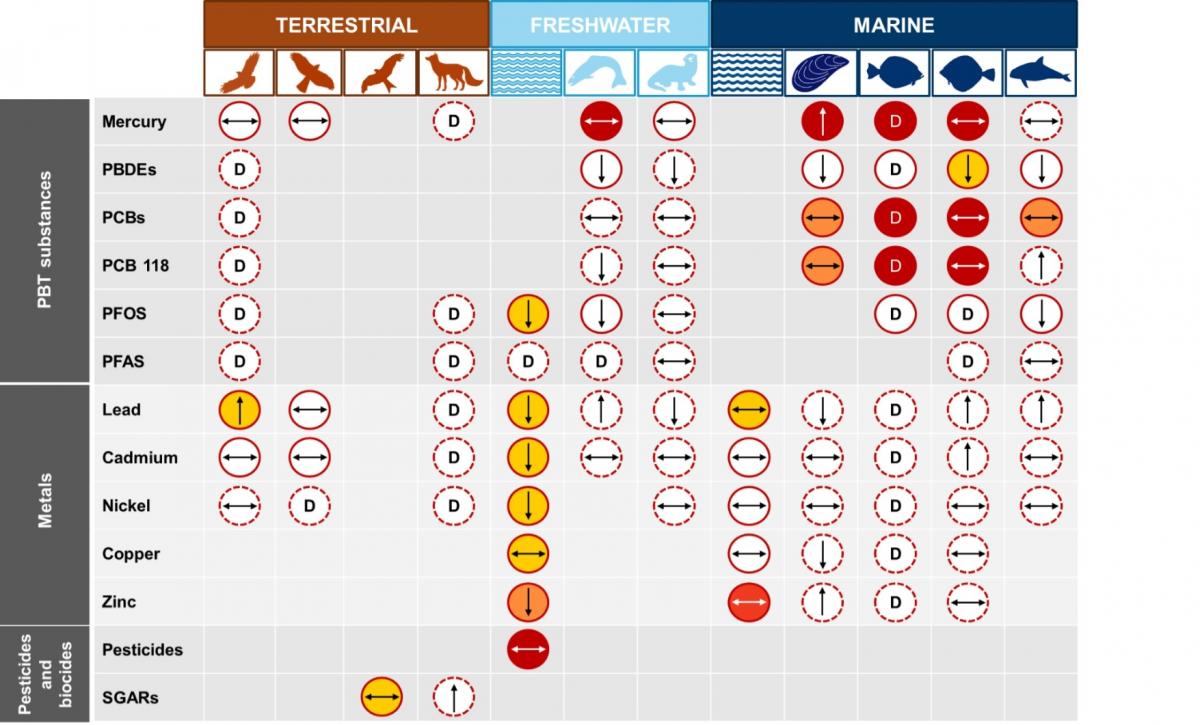The Environment Agency (EA) recently published a new H4 interim report, that reports the status and progress towards reducing exposure and adverse effects of pollutants on wildlife. The majority of the studies focussing on the terrestrial environment were produced by the Predatory Bird Monitoring Scheme (PBMS).
In 2018, the UK government’s 25-Year Environment Plan set out various goals for improving the environment in England. Within the Outcome Indicator Framework established as a comprehensive set of indicators describing environmental change, the indicator ‘H4: Exposure and adverse effects of chemicals on wildlife in the environment’ tracks changes in the exposure of wildlife to chemicals over time and describes potential risks to wildlife from chemicals. Before its finalised form, an interim indicator was published in 2021. The new report in 2024 presents a major update of the 2021 version.
The PBMS has been involved in the work for the H4 indicator with our data on various chemicals in terrestrial predatory birds, such as persistent, toxic, and bioaccumulative substances in Buzzards (Buteo buteo), second-generation anticoagulant rodenticides in Red Kites (Milvus milvus), and heavy metals in Sparrowhawks (Accipiter nisus). Our studies demonstrate the current situation in the exposure of terrestrial wildlife to chemicals over time and their risks to wildlife.
The PBMS continues to work with EA and Natural England, the lead for H4 reporting for the terrestrial environment, to finalise the H4 indicator.
